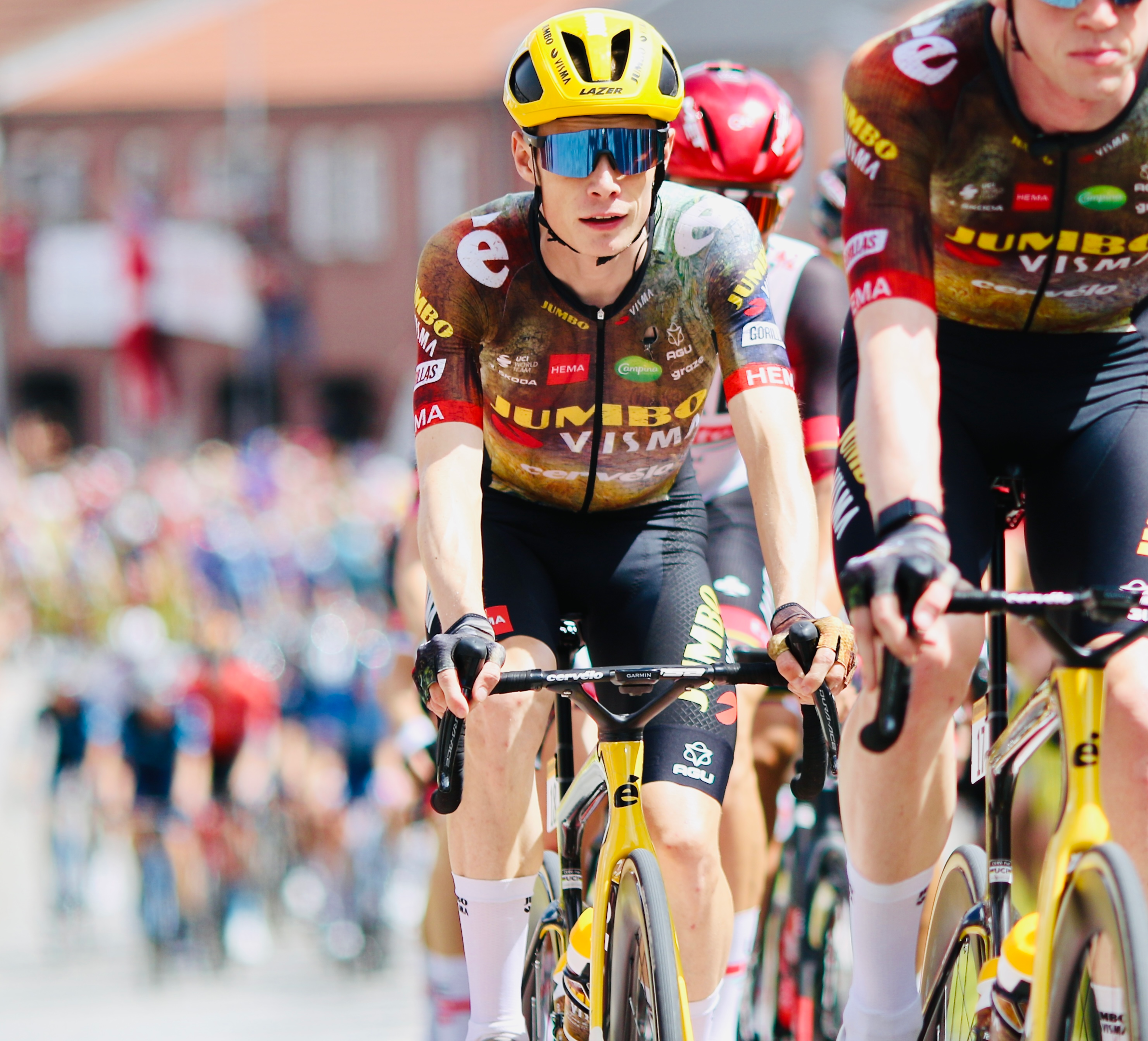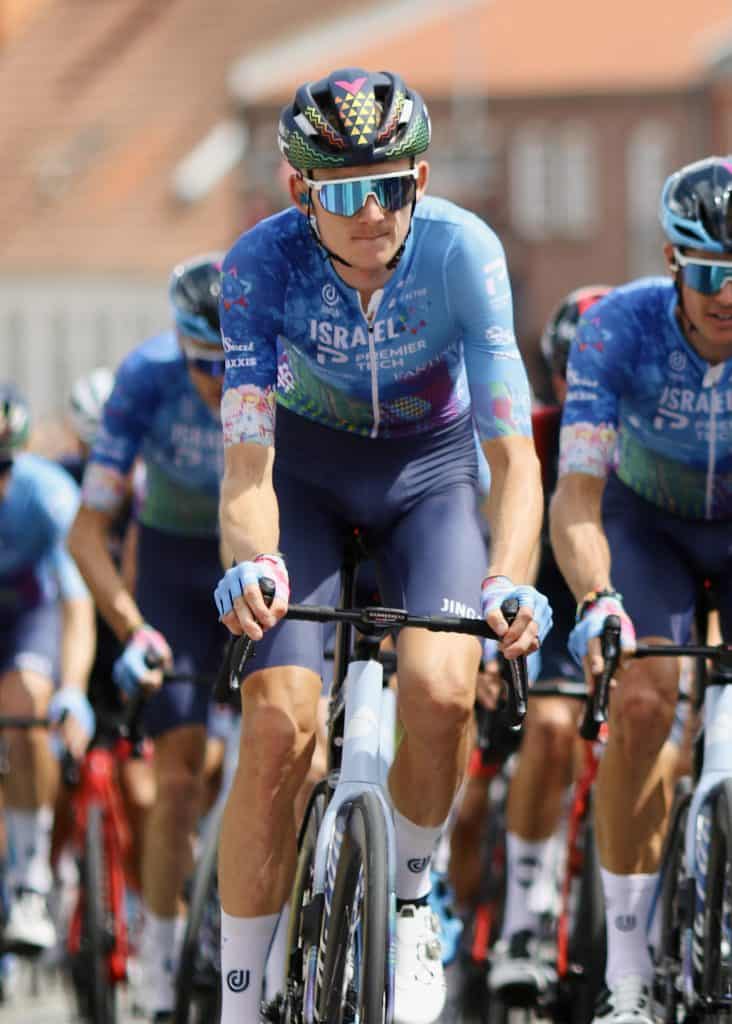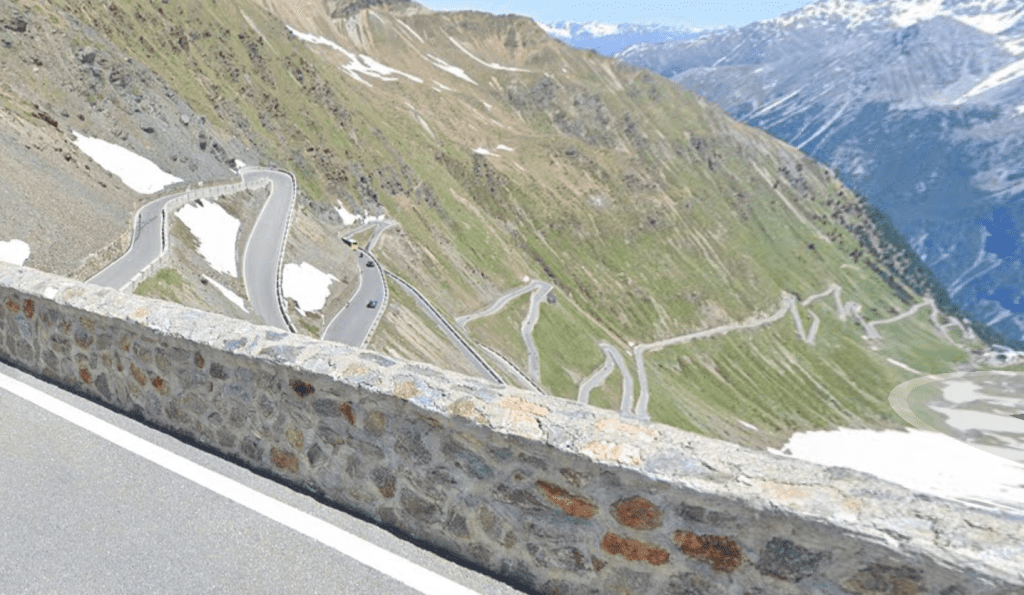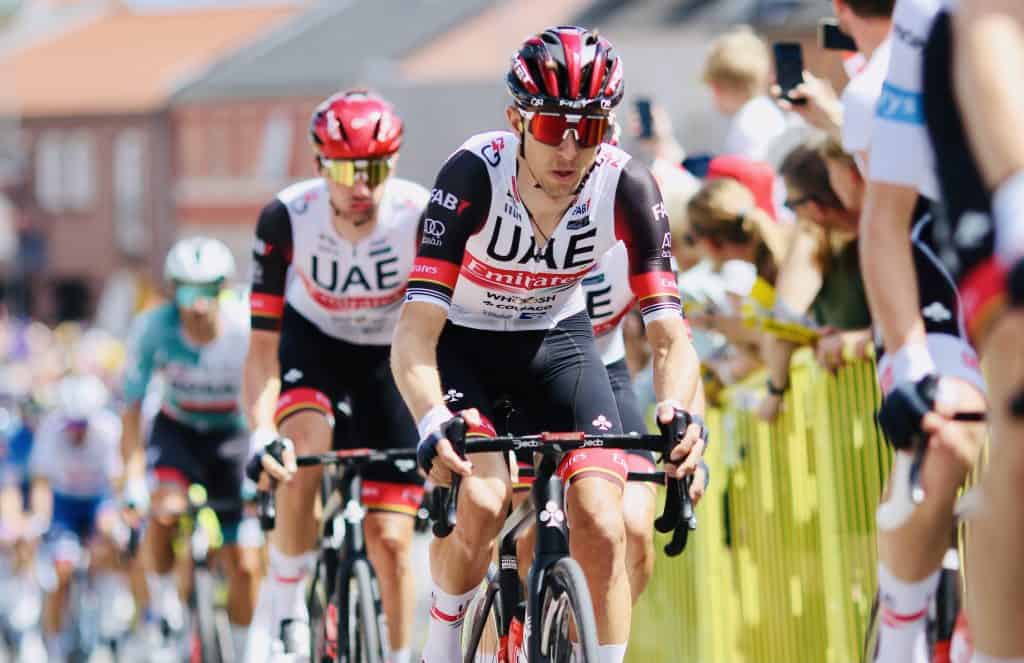If you’re a road cyclist, you always look for ways to boost performance. One way you can do this is by incorporating altitude training into your race preparation. Altitude training can increase your endurance and delay fatigue during long road races. So if you’re looking for an edge over your competition, consider adding altitude training to your race preparation.
Jonas Vingegaard spent time in thin air in Sierra Nevada, Spain, to prepare for the Tour de France. At altitude, his body adapts to the lack of oxygen by stimulating the bone marrow’s production of red blood cells. This helps him perform better at both low and high altitudes. As a bonus, you burn more fat when you live at 2.000m+ above sea level, so achieving the perfect body composition for cycling races is easier.

The main benefit of altitude training is that it helps road cyclists to produce red blood cells, which carry oxygen to the muscles. This will improve aerobic performance (VO2 max and functional threshold power). In practice, spending a few weeks at altitude camps can significantly increase endurance and delay fatigue during long road races.
For Jonas Vingegaard, this means higher power outputs at the most crucial moments in Tour de France; noteworthy, riders who train at altitude are better able to perform at higher altitudes, where many critical moments in road races occur. For example, the 2022 Tour de France had four climbs over 2,000m, with the highest being Col du Galibier at 2,642m. So training at altitude as preparation is critical for any rider hoping to perform well in the Tour.
Altitude training is not limited to grand tour riders
Altitude training is worth considering if you want to take your performance to the next level. It may sound impossible and restricted to pro cyclists, but arranging your altitude training camp is not tricky.
Regarding road cycling, altitude training is often seen as a shortcut to success. However, by spending time at altitude exposure, riders can force their bodies to adapt to the lack of oxygen, resulting in increased aerobic capacity and improved performance.
However, altitude training is not without its costs. In addition to the financial cost of travel and lodging, altitude training also requires a significant investment of time and energy.
Riders must carefully recover from each session and allow their bodies to adapt to the new conditions. As a result, altitude training is not a decision to be made lightly. Riders must weigh the costs and benefits before deciding whether to embark on an altitude training program.

The benefits of altitude training for road cyclists
Whether you’re targeting a big road race or want to boost your power output, altitude training could be the key. By simulating high-altitude conditions, road cyclists can force their bodies to adapt and, through a higher red blood cell count, become more efficient at using oxygen. This can lead to improved performance when racing at sea level.
Road cyclists can benefit from altitude training in several ways. First, by simulating high-altitude conditions, road cyclists can force their bodies to adapt and become more efficient at using oxygen. This can lead to improved performance when racing at lower altitudes.
What is the secret behind altitude training, and how can it improve sea-level performance?
The erythropoietin (EPO) response to fewer oxygen molecules is crucial in improving sea-level endurance performance in athletes. EPO is produced in the kidneys in response to hypoxia. So, yes, you have your production of EPO(!). The level of EPO increase and acceleration of red blood cell production depends on the duration of exposure and the degree of hypoxia.
Furthermore, many other factors may affect the hematological response to altitude training. For example, altitude training has been shown to improve sea-level endurance performance in athletes, and the EPO response is a critical factor in this enhancement.
Physiological changes are different from person to person
The level of EPO increase and erythropoiesis acceleration depends on the duration of exposure and degree of hypoxia; however, many other factors may affect the hematological response to altitude training.
Road cycling is a sport that is heavily reliant on rider performance. For this reason, many road cyclists train at altitude to gain an edge over the competition. However, not all riders respond equally to altitude training.
Some riders, known as ‘responders,’ seem to benefit more from training at altitude than others. This is because they can perform better and recover more quickly from the effects of altitude sickness.
On the other hand, some riders, known as ‘non-responders,’ experience little to no benefits from training at altitude. Thus, riders should pay attention to how altitude affects cycling performance.
Some riders often suffer from altitude sickness at much lower altitudes, making altitude training difficult. As a result, road cyclists must be careful when choosing to train at altitude. Responders will likely see benefits from altitude training, while non-responders may not. Training camps can be a helpful tool for road cyclists, but it is not suitable for everyone.
Practical Tips for Altitude Training Camps
If you’re thinking of incorporating altitude training into your race preparation, there are a few things to consider.
Firstly, you must allow your body time to adjust to the new conditions.
The initial changes at altitude exposure include increased heart rate and systolic blood pressure and decreased oxygen saturation, plasma volume, and VO2 max. Therefore, starting slowly and gradually increasing the intensity of your workouts as your body acclimatizes is essential. Initially, it is not unlikely that your power output at VO2 max will be 10% lower than usual.
Stay hydrated during altitude training.
It is the easiest tip to implement, yet many athletes underestimate its importance. Staying well-hydrated is crucial while living and training at higher altitudes.
The lower air humidity can lead to more frequent respiration and causes a more significant fluid loss through the respiratory tract. So it is essential to be aware of your hydration level.
Also, as a bonus, increased water intake makes acclimatization to altitude easier and faster, preventing mountain sickness. If you do not manage to stay well-hydrated, then it will have a significant negative impact on your performance. Please note that it is not unlikely that you will need to drink 1 to 1.5 liters more than at sea level.
Iron supplementation may benefit altitude adaptations.
Iron is a critical micronutrient that can optimize altitude adaptations. After all, the main reason to train at altitude is that you want to increase your hemoglobin mass.
Iron supplementation at high elevations has been shown to maximize hypoxia-induced increases in hematological mass. Still, you need to consult your local physician for optimal doses and requirements as they vary from person to person.
Live high, train low (most used method)
During an altitude camp, most pro cyclists try to do most of their training at sea level because it is easier to maintain the right training intensity and volume. Still, most of the day has to be spent at altitude to force adaptations.
Also, it is worth remembering that if you live at 2.000m, all your training sessions will start and finish at this altitude. Therefore it may be wise to include a short 15-minute cool down at the end of each training session (if possible).
Recovery at altitude (reduced sleep quality)
Recovering from training sessions is more difficult when you live at an altitude. However, securing the most optimal recovery from your rides is even more critical than usual.
When you live at an altitude, less oxygen is available, especially during the first week, which will impact your recovery time. Also, it is worth noting that your sleep quality is significantly worse at altitude.
The nutritional advice is generally the same as at sea level, but you must be more careful because your body works harder to recover.
Altitude tents instead of altitude camps?
Using an altitude tent for simulated altitude may be a worthy alternative to an altitude camp. However, you must be aware that you must spend most of your time in an altitude tent to achieve the desired effect.
From a practical point of view, I believe altitude tents are not for my target audience. You’ll have to do your research if you want to know more. Instead of simulated altitude, I suggest you order an excellent vacation for yourself, your bike, and your family.
So if you’re looking for an edge over your competition, consider adding altitude training to your race preparation. Living 14+ days in the Alps can be an excellent vacation for you and your family. Just be sure to start your training slowly and give your body time to adjust to the new conditions. With patience and persistence, you could see significant gains in your performance.
Livigno – a perfect location for altitude training

If you’re a road cyclist looking to improve your performance, Livigno, Italy, is excellent for altitude training. The higher altitudes and beautiful scenery make it an ideal place to train. Additionally, Livigno is home to some of the best cycling routes in Europe.
If you go to Livigno, get at least one ride on the famous Stelvio Pass (From Bormio). At 2,758 meters above sea level, it is one of the highest mountain passes in Europe. The climb to the summit of the Stelvio Pass takes cyclists on a twisting journey up 48 hairpin bends. The views from the top of the pass are breathtaking, with stunning panoramas of the surrounding mountains.
Several cafes and restaurants are located at the pass’s summit and a visitors center. Not bad as a bonus on top of a great training session.

Should an altitude camp and more red blood cells be on your bucket list?
Living at a high altitude for two, three, or four weeks is an excellent way for road cyclists to improve performance. While it can be challenging to adjust to the altitude, the rewards are worth it. Livigno, Italy, is a great place to do altitude training, with its high altitudes and beautiful scenery. The climb up the Stelvio Pass is a must-do for any cyclist visiting Livigno.
If you’re looking for an edge on race day, consider adding altitude training to your race preparation. Being able to transfer more blood means more oxygen to your muscles. As a result, you could see significant gains in your road cycling performance with patience and persistence.


Hello Jesper
Thanks for an interesting article on altitude training.
However, I am missing information about the following:
1) Is there a minimum altitude that one must at least stay at in order to expect the improvements that you mention in the article?
2) Is there an ideal altitude to stay at, or does it apply that the higher the better?
3) Should some time elapse from the time you finish the altitude training stay to the race you are training for, or is it best to go directly from the altitude training camp to the race?
Best regards
Henrik
(original comment (in danish) is translated by Training4cyclists)
In principle, there is no minimum limit, but in order for a significant effect to be achieved, you probably have to go up to 1800-2000m. If you go higher, the effect will be greater, but it is always a balance of how much it costs for recovery and training opportunities. Staying at altitude weakens you in the long run. Higher than 3000 is hardly beneficial overall.
An important side benefit of training at altitude, which is rarely mentioned, is that it is easier to get to race weight. It is a factor that professional riders are fully aware of.
It would probably be best to wait a few days after the altitude training camp before going into battle. The body gets stronger when you get down to sea level, but most people will feel improvement day by day in the beginning, so it is probably best to wait a few days before going for a race.